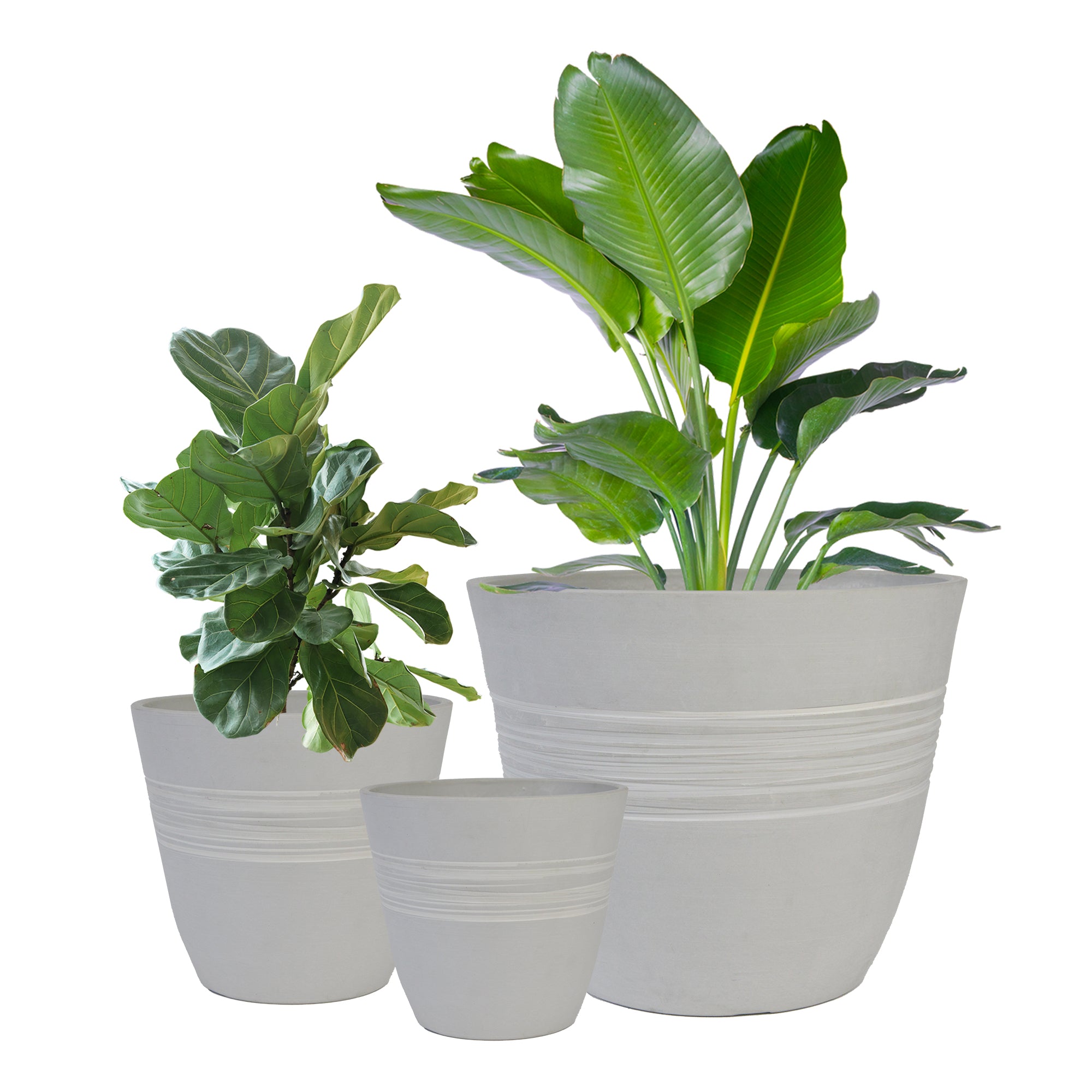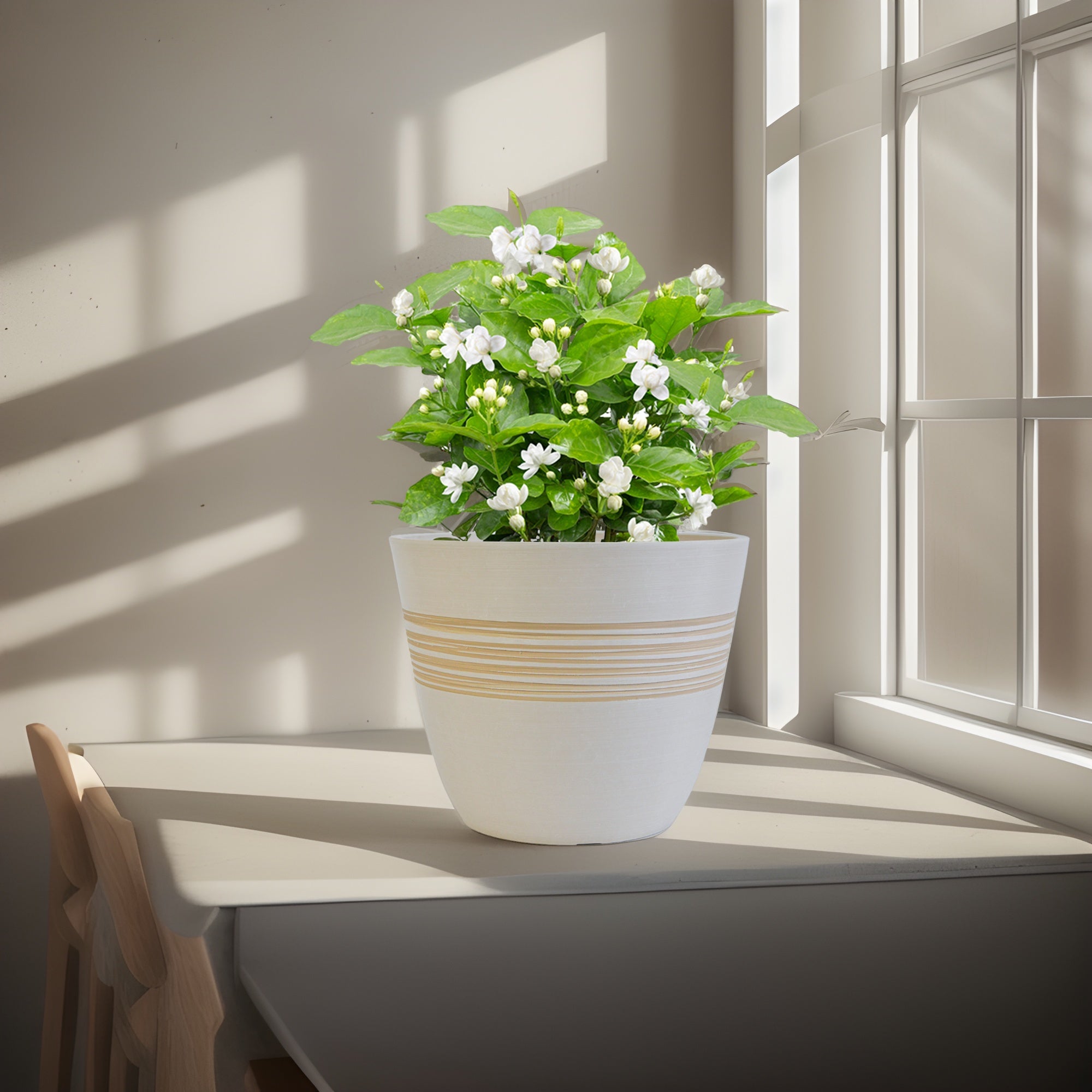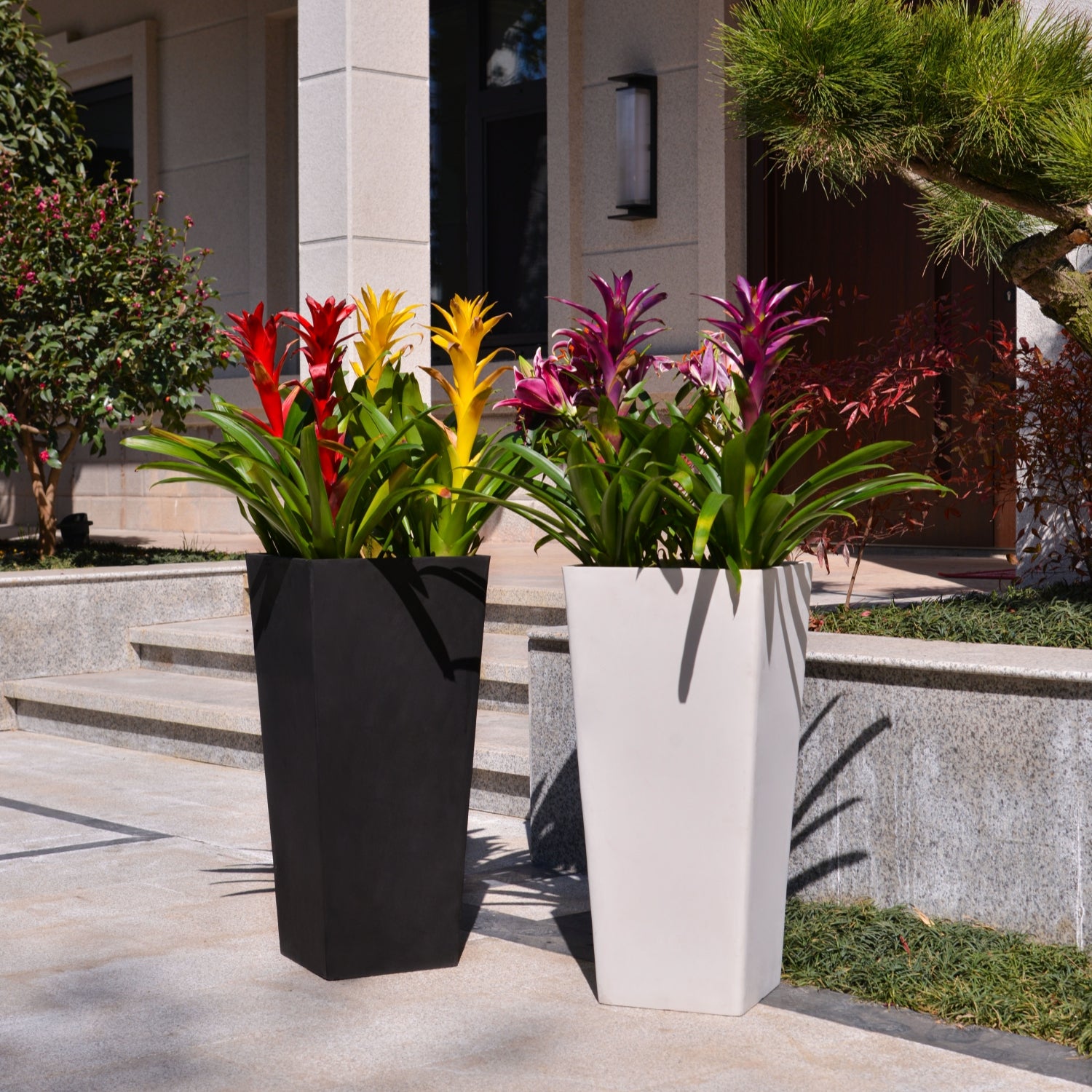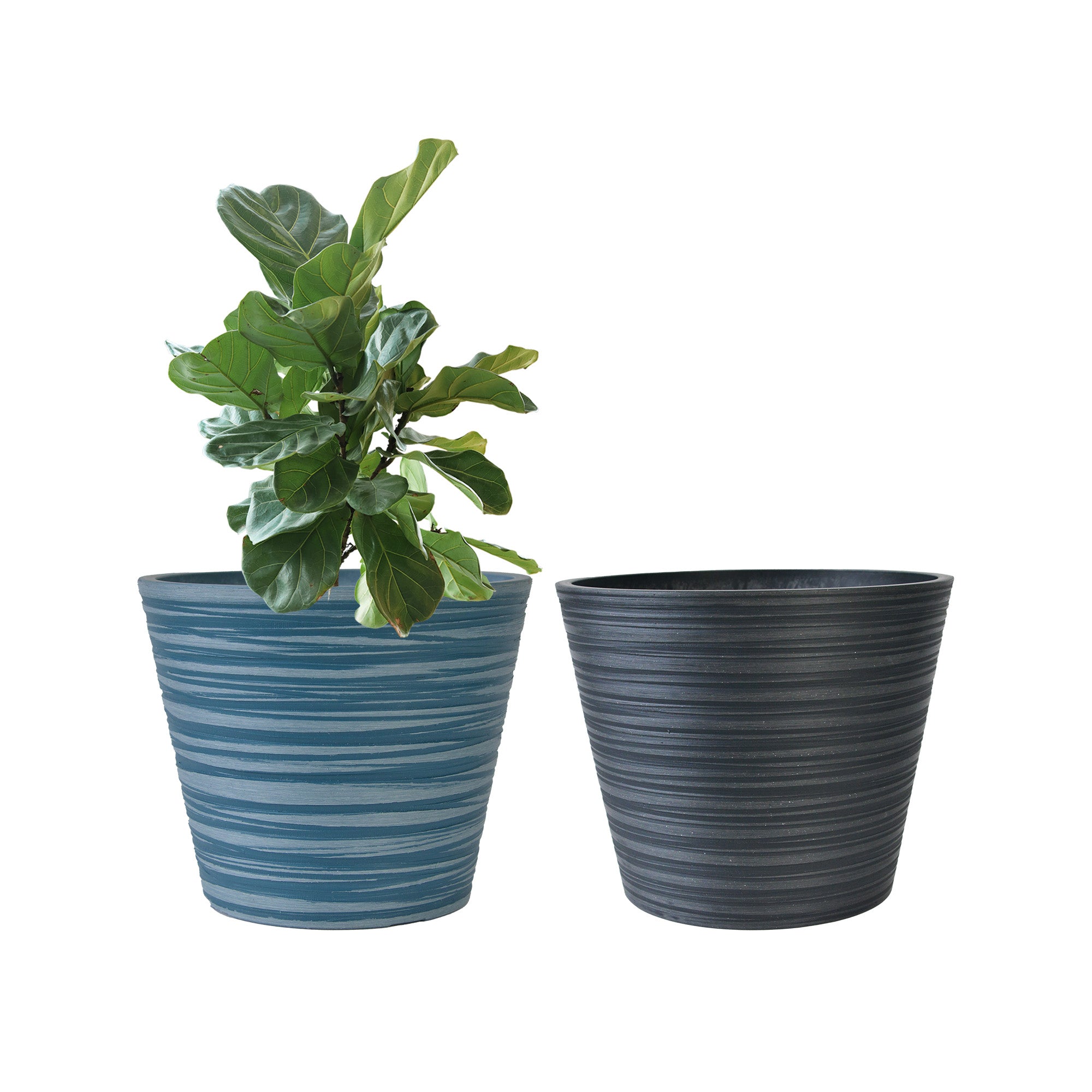Air Plants Indoors: The Ultimate Guide to Growing Tillandsia in Your Home
Looking for unique, low-maintenance, and visually striking houseplants that don’t even need soil? Air Plants, scientifically known as Tillandsia, are fascinating epiphytes that absorb moisture and nutrients from the air through their leaves. These incredibly diverse and intriguing plants, belonging to the Bromeliaceae family (bromeliads) and native to the Americas, are prized for their sculptural forms, vibrant colors, and ease of care. This comprehensive guide will provide you with everything you need to know to grow Tillandsia air plants indoors, from selecting the right types and displays to mastering essential care techniques for thriving air plants in your home.
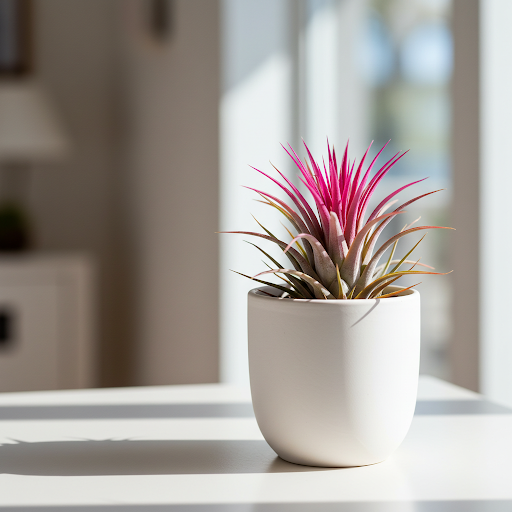
Air Plants
What are Air Plants (Tillandsia)?
Air plants are epiphytes, meaning they naturally grow attached to other plants, trees, rocks, or even in the air, rather than in soil. They are not parasitic; they simply use other surfaces for support. Tillandsia are native to a wide range of environments, from rainforests to deserts, across the Americas. They are characterized by their trichomes, specialized cells on their leaves that give them a fuzzy or silvery appearance and are responsible for absorbing water and nutrients from the air, humidity, and rainfall.
Ideal Indoor Growing Conditions for Tillandsia (Air Plants):
- Tillandsia Types for Indoors: There are hundreds of Tillandsia species, but some are more adaptable and easier to grow indoors than others. Good choices for indoor air plants include:
- Tillandsia ionantha (Sky Plant): Small, popular, and very easy to grow, turns vibrant red when blooming.
- Tillandsia xerographica (King of the Air Plants): Large, sculptural, drought-tolerant, with silvery, curly leaves.
- Tillandsia bulbosa (Bulbous Air Plant): Unique bulbous base, tentacle-like leaves, dramatic shapes.
- Tillandsia caput-medusae (Medusa’s Head): Bulbous base, curved, snake-like leaves.
- Tillandsia cyanea (Pink Quill Plant): Known for its striking pink flower spike (though the quill is technically a bract), fragrant purple flowers.
- Tillandsia stricta (Erect Air Plant): Rosette-forming, silvery leaves, pink or purple flowers.
- Tillandsia brachycaulos (Air Plant ‘Multiflora’): Easy to grow, clusters of multiple plants, blushes red before blooming.
- Light: Air plants need bright, indirect light. They thrive in locations that receive bright, filtered sunlight for at least 6 hours per day. East-facing windows are often ideal. South or west-facing windows can work, but avoid intense, direct afternoon sun, which can scorch the leaves, especially for softer-leaved varieties. Insufficient light can lead to weak growth and loss of color.
- Watering: Watering is crucial for air plants, but it’s different from soil-based plants. Air plants primarily absorb water through their leaves, not roots. The most common method is soaking or rinsing:
- Soaking: Submerge your air plants completely in room temperature water for 15-30 minutes every 1-2 weeks. More frequent watering may be needed in hot, dry environments, less in humid or cooler conditions.
- Rinsing: Alternatively, you can thoroughly rinse your air plants under running water for a few minutes.
- Drying: Crucially, after soaking or rinsing, air plants must be allowed to dry completely and quickly to prevent rot. Gently shake off excess water and place them upside down or in a well-ventilated area to dry for 2-4 hours before returning them to their display. Good air circulation is essential for drying.
- Misting (Supplemental): In addition to soaking/rinsing, you can mist your air plants lightly 2-3 times per week in between soakings, especially in dry indoor air. Misting alone is usually not sufficient for their primary water needs, but helps increase humidity around them. Use room temperature water or rainwater if possible.
- Air Circulation: Good air circulation is vital for air plants, especially after watering, to help them dry quickly and prevent rot. Ensure they are not placed in enclosed terrariums without airflow or in stagnant air.
- Temperature: Average room temperatures between 60°F to 80°F (15°C to 27°C) are ideal. Air plants are comfortable in typical household temperatures. Avoid exposing them to freezing temperatures.
Mounting and Displaying Your Tillandsia (No Pots Needed!):
- No Soil or Pots Required: Air plants do not need soil and are typically mounted or displayed rather than planted in pots. This is part of their unique appeal.
- Mounting Options: Get creative with displaying your air plants!
- Air Plant Holders: Wire holders, glass globes, ceramic pods, or specially designed air plant displays are widely available.
- Wood or Cork Bark: Attach air plants to pieces of driftwood, cork bark, or branches using plant-safe glue or wire.
- Terrariums (Open): Use open terrariums or glass containers with good ventilation. Avoid closed terrariums, which can trap too much moisture and lead to rot.
- Hanging Displays: Hang air plants from macrame hangers, fishing line, or wire.
- DIY Mounts: Use your imagination! Air plants can be attached to many surfaces, such as shells, rocks, magnets, or even incorporated into living walls or vertical gardens.
- Attachment: When mounting air plants, use plant-safe glue (like спеціальний glue for orchids or bromeliads) or thin wire or fishing line to gently secure them to the mount. Avoid burying the base of the plant or covering it with moss, as this can trap moisture and cause rot. Ensure the base is exposed to air circulation.
Essential Care Tips for Thriving Indoor Air Plants:
- Watering Frequency: Adjust watering frequency based on your environment. In drier climates or during winter heating, water more frequently (soak weekly or even twice a week). In humid climates or during cooler seasons, water less frequently (every 2 weeks or longer). Observe your plants – if leaves are starting to wrinkle or curl excessively, they likely need more water.
- Water Quality: Air plants are sensitive to chlorine and hard water. Use rainwater, distilled water, reverse osmosis water, or dechlorinated tap water (let tap water sit out for 24 hours to allow chlorine to evaporate).
- Fertilizing (Sparingly): Air plants are not heavy feeders, but can benefit from occasional fertilization to encourage growth and blooming. Use a bromeliad or air plant fertilizer diluted to quarter strength, and add it to the soaking water once a month during the growing season (spring and summer). Avoid over-fertilizing.
- Bloom Encouragement: To encourage blooming in air plants:
- Provide bright light.
- Proper watering and humidity.
- Temperature fluctuations: A slight temperature difference between day and night can sometimes stimulate blooming.
- Ethylene gas (naturally produced by ripening fruit): Placing an air plant near ripening fruit (like a banana) for a short period can sometimes trigger blooming in mature plants (use sparingly and with caution).
- Pup (Offset) Production: After blooming, air plants will often produce pups (offsets or baby plants) around their base. These pups can be left to form clumps or carefully separated to start new plants once they are about 1/3 to 1/2 the size of the mother plant.
- Pest and Disease Control: Air plants are generally relatively pest-resistant. However, they can occasionally be affected by scale insects or mealybugs. Inspect your plants regularly. Treat any infestations promptly with insecticidal soap or rubbing alcohol. Root rot is not applicable as they don’t grow in soil, but rot can occur at the base if they are not allowed to dry properly after watering. Ensure good air circulation and proper drying.
Popular Tillandsia Genera and Species Groups:
- Tillandsia ionantha Group: Small, colorful, easy to grow (e.g., ‘Rubra’, ‘Fuego’, ‘Druid’).
- Tillandsia Capitata Group: Rosette-forming, silvery leaves, various sizes (e.g., ‘Peach’, ‘Domingensis’).
- Tillandsia Xerographica Group: Large, sculptural, curly leaves, drought-tolerant.
- Tillandsia Bulbosa Group: Bulbous bases, tentacle-like leaves, unique shapes.
- Tillandsia Cyanea Group: Pink quill bracts, fragrant flowers.
- Tillandsia Streptophylla Group: Curly, twisting leaves, drought-tolerant.
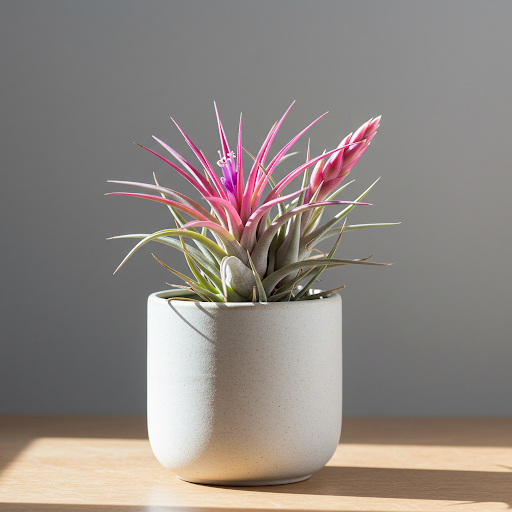
Air Plants
In Summary:
Growing Tillandsia air plants indoors is a unique and rewarding experience, bringing a touch of the exotic and minimalist to your home decor. Their fascinating forms, vibrant colors, and soil-free nature make them captivating and conversation-starting houseplants. By providing bright, indirect light, proper soaking and drying techniques, good air circulation, and occasional fertilization, you can easily cultivate thriving and beautiful air plants indoors and enjoy their intriguing presence in your living space.
For more detailed botanical information and to explore the vast diversity of Tillandsia species, you can visit the Wikipedia page on Tillandsia.
Important Note: Air plants are generally considered non-toxic to humans and pets. However, it’s always best to prevent ingestion of any plant material. Also, be mindful of the sharp leaf tips on some Tillandsia varieties when handling them.
Plant Pots 6 inch 8 inch 12 inch for Indoor Outdoor Plants, Set of 3 Modern Decorative Planter with Drainage Hole, Decorative Flower Pots
By greenship-seo|2025-04-10T06:38:40+00:00January 16, 2025|Categories: Hand-carving Series|Tags: Decorative Flower Pots|
Planter for Indoor Outdoor Plants, Set of 2 Modern Decorative Plant Pots with Drainage Hole, Decorative Flower Pots
By greenship-seo|2025-04-10T07:46:01+00:00January 9, 2025|Categories: Hand-carving Series|Tags: Decorative Flower Pots, Self-Watering Pots|
GreenShip 27inch Tall Planters for Porch, Large Outdoor Planter Pots with Drainage Hole
By greenship-seo|2025-04-10T06:27:21+00:00April 7, 2025|Categories: Hand-carving Series|Tags: Decorative Flower Pots|
Planter 5 in W / 8 in W / 12 in W or Indoor Outdoor Plants, Modern Decorative Plant Pots with Drainage Hole, Decorative Flower Pots
By greenship-seo|2025-04-10T06:37:58+00:00January 16, 2025|Categories: Hand-carving Series|Tags: Decorative Flower Pots|
20VD
By greenship|2024-08-13T06:43:41+00:00August 13, 2024|Categories: Hand-carving Series|
11V
By greenship|2024-08-13T03:05:48+00:00August 13, 2024|Categories: Hand-carving Series|

